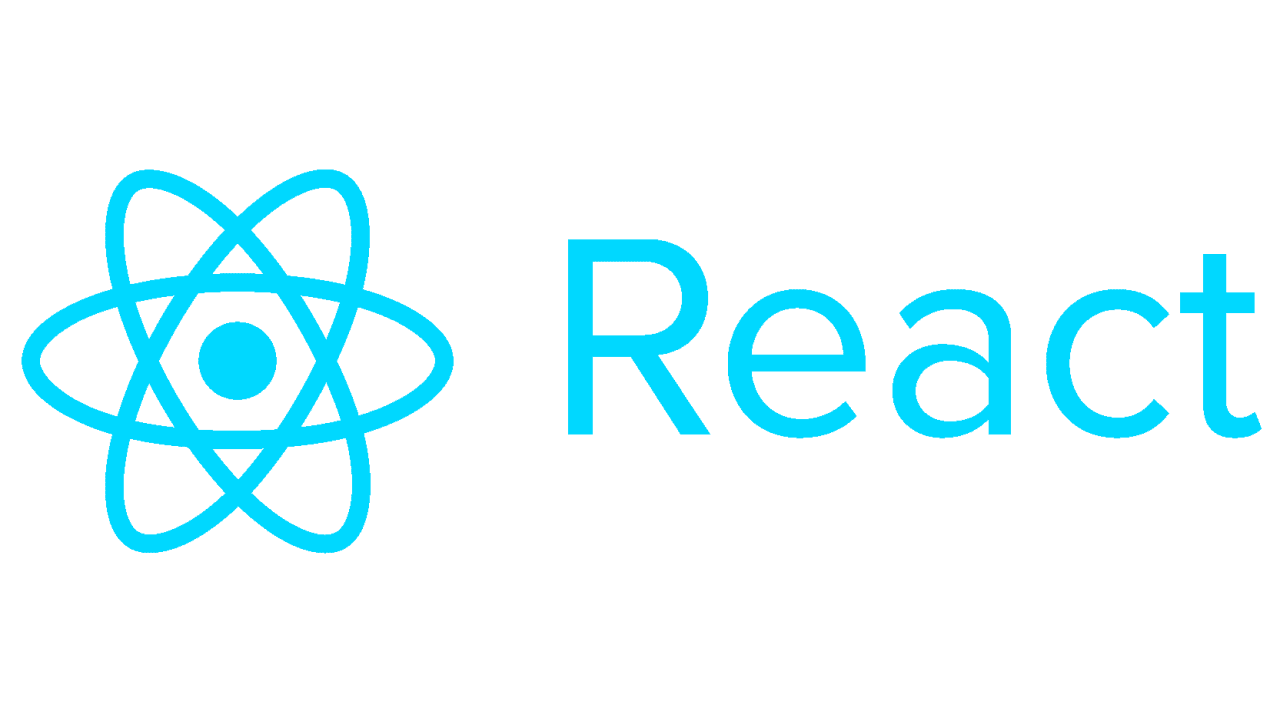What is React?

Hire Arrive
Technology
about 1 year ago
 React, often referred to as React.js or ReactJS, is a free and open-source front-end JavaScript library for building user interfaces (UIs) based on UI components. Developed and maintained by Meta (formerly Facebook) and a community of individual developers and companies, React is one of the most popular JavaScript libraries used today, powering countless websites and applications.
React, often referred to as React.js or ReactJS, is a free and open-source front-end JavaScript library for building user interfaces (UIs) based on UI components. Developed and maintained by Meta (formerly Facebook) and a community of individual developers and companies, React is one of the most popular JavaScript libraries used today, powering countless websites and applications.
Instead of manipulating the Document Object Model (DOM) directly – a process that can be slow and inefficient – React uses a virtual DOM. This is a lightweight representation of the actual DOM. When changes occur in the application's state, React efficiently compares the virtual DOM with the real DOM, identifying only the minimal changes necessary to update the actual UI. This process, known as reconciliation, significantly improves performance and user experience, especially in complex applications.
Key Concepts in React:
* Components: React applications are built from reusable components. These components can be simple (e.g., a button) or complex (e.g., a user profile section). Each component manages its own state and renders its own UI. This modular approach makes code organization, maintenance, and reusability much easier.
* JSX: JSX (JavaScript XML) is a syntax extension to JavaScript that allows you to write HTML-like code within your JavaScript files. This makes the code more readable and intuitive for developers familiar with HTML. JSX is ultimately compiled into standard JavaScript before being executed by the browser.
* Virtual DOM: As mentioned earlier, the virtual DOM is a crucial performance optimization technique in React. By minimizing direct DOM manipulation, React drastically improves rendering speed and efficiency.
* State and Props: Components manage their own internal state (data that changes over time) and receive data from parent components through props (properties). The unidirectional data flow facilitated by this system makes applications more predictable and easier to debug.
* One-way Data Binding: Data flows in one direction in React, typically from parent components to child components. This makes it easier to track changes and manage the application's state.
Why Use React?
Several factors contribute to React's popularity:
* Component-based architecture: Promotes code reusability and maintainability. * Virtual DOM: Leads to significant performance improvements. * Large and active community: Provides ample support, resources, and third-party libraries. * JSX: Makes code more readable and easier to write. * Easy learning curve: Relatively easy to learn, especially for developers with HTML and JavaScript experience. * Excellent tooling and ecosystem: A wide range of tools and libraries are available to enhance development.
React vs. Other Frameworks:
While React is often compared to other JavaScript frameworks like Angular and Vue.js, it's important to note that it's a library, not a full-fledged framework. This means it offers a more flexible and customizable approach, allowing developers to choose their preferred routing, state management, and other tools. This flexibility comes at the cost of requiring more decisions and potentially more integration work.
Conclusion:
React is a powerful and versatile library for building user interfaces. Its component-based architecture, virtual DOM, and large community make it a compelling choice for developers working on projects of all sizes. While the learning curve is relatively gentle, mastering React requires understanding its core concepts and best practices. However, the investment pays off handsomely in the form of efficient, maintainable, and scalable applications.